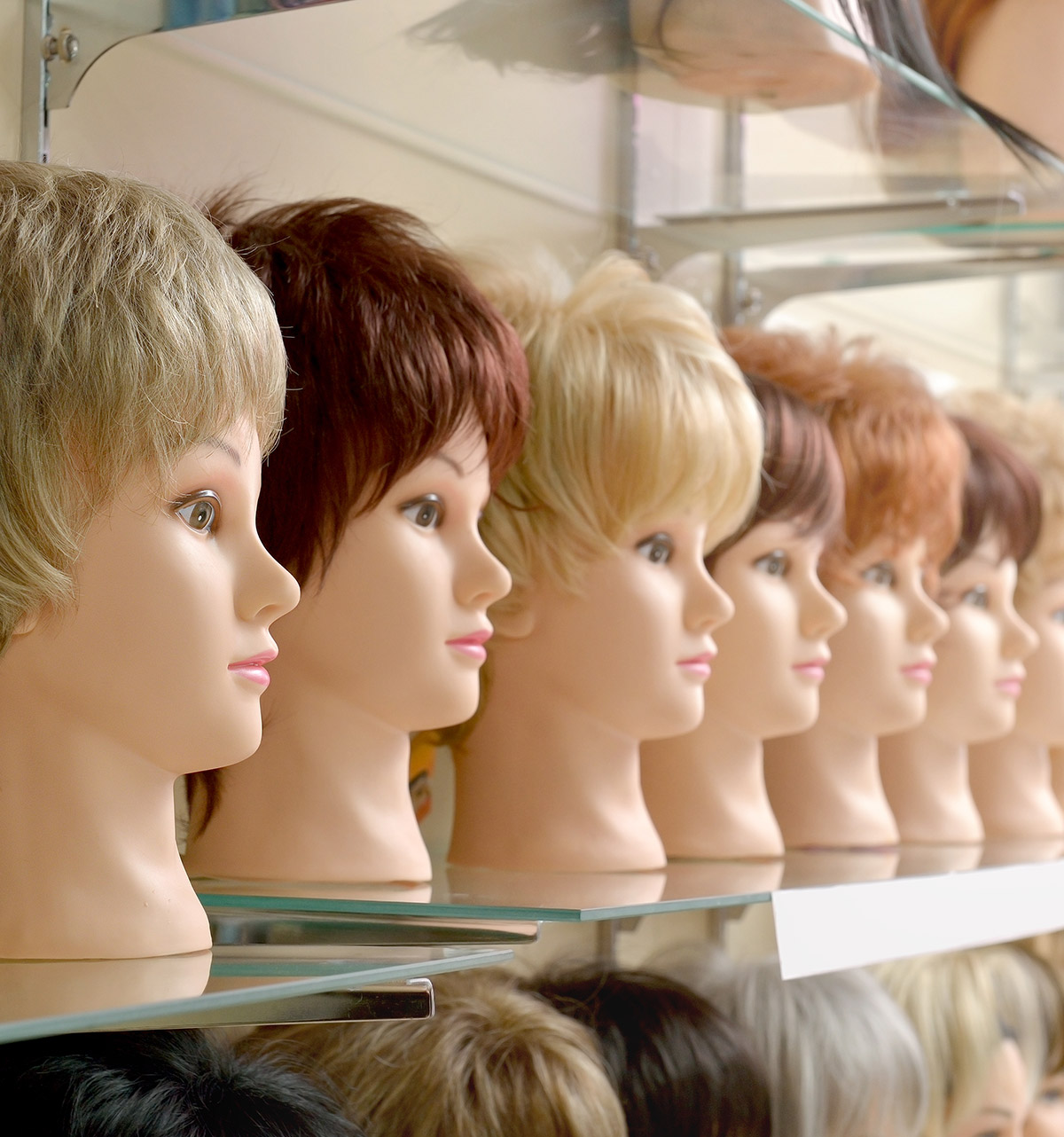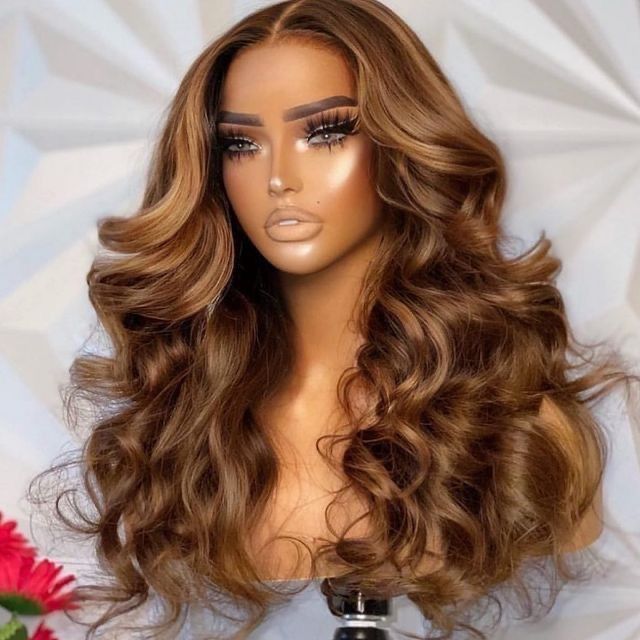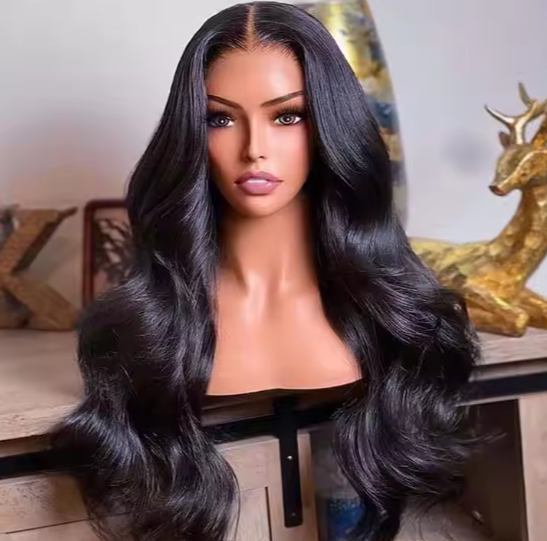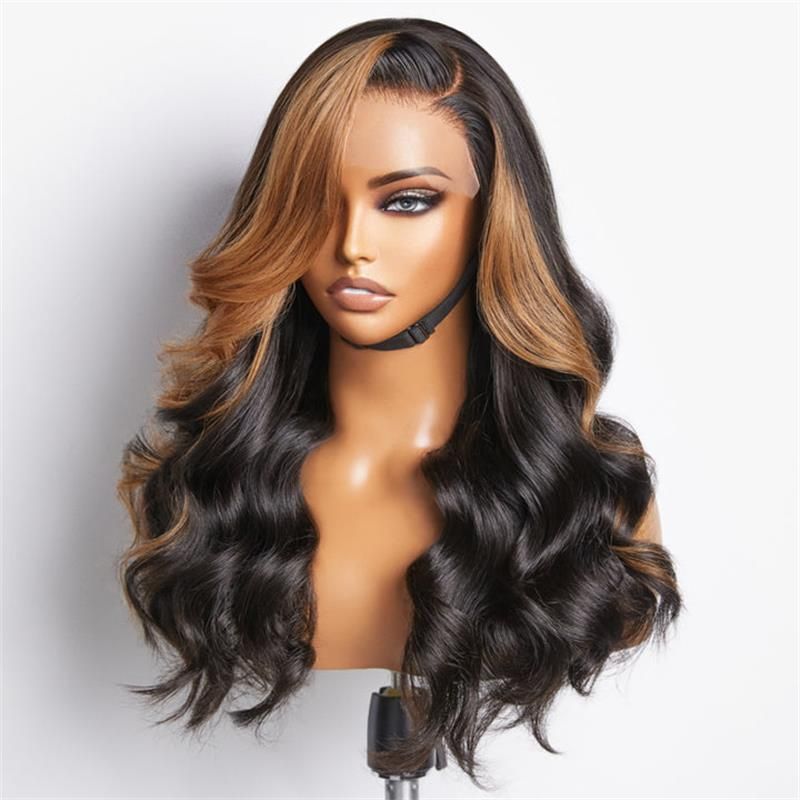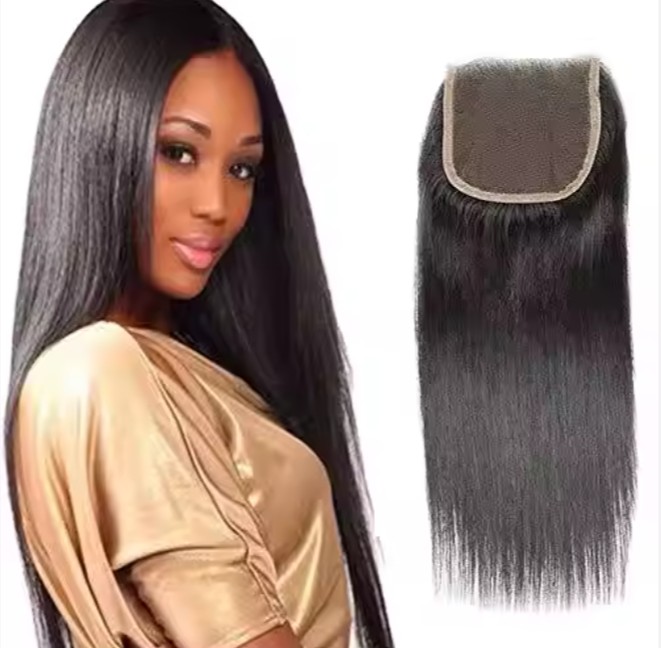How to Choose the Best Human Hair Salt and Pepper Wigs for Your Business
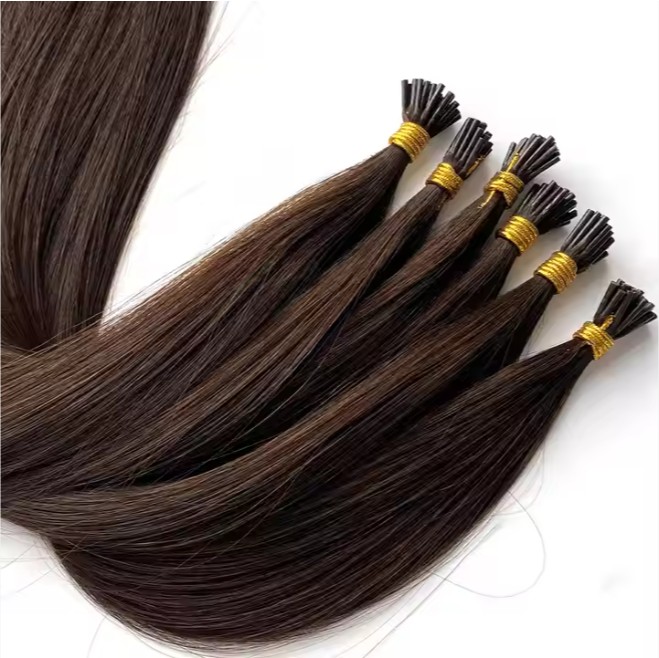
Share
Choosing the right salt and pepper wigs can make or break your sell-through, returns, and brand reputation. In this guide, we’ll show you how to Choose the Best Human Hair Salt and Pepper Wigs for Your Business by focusing on what actually drives repeat purchases: authentic color blends, consistent texture, comfortable caps, tight quality control, and reliable suppliers. If you’re building a line or refreshing assortments, share your target specs and volumes and we’ll outline a sample plan and a fast quote you can take to your team.
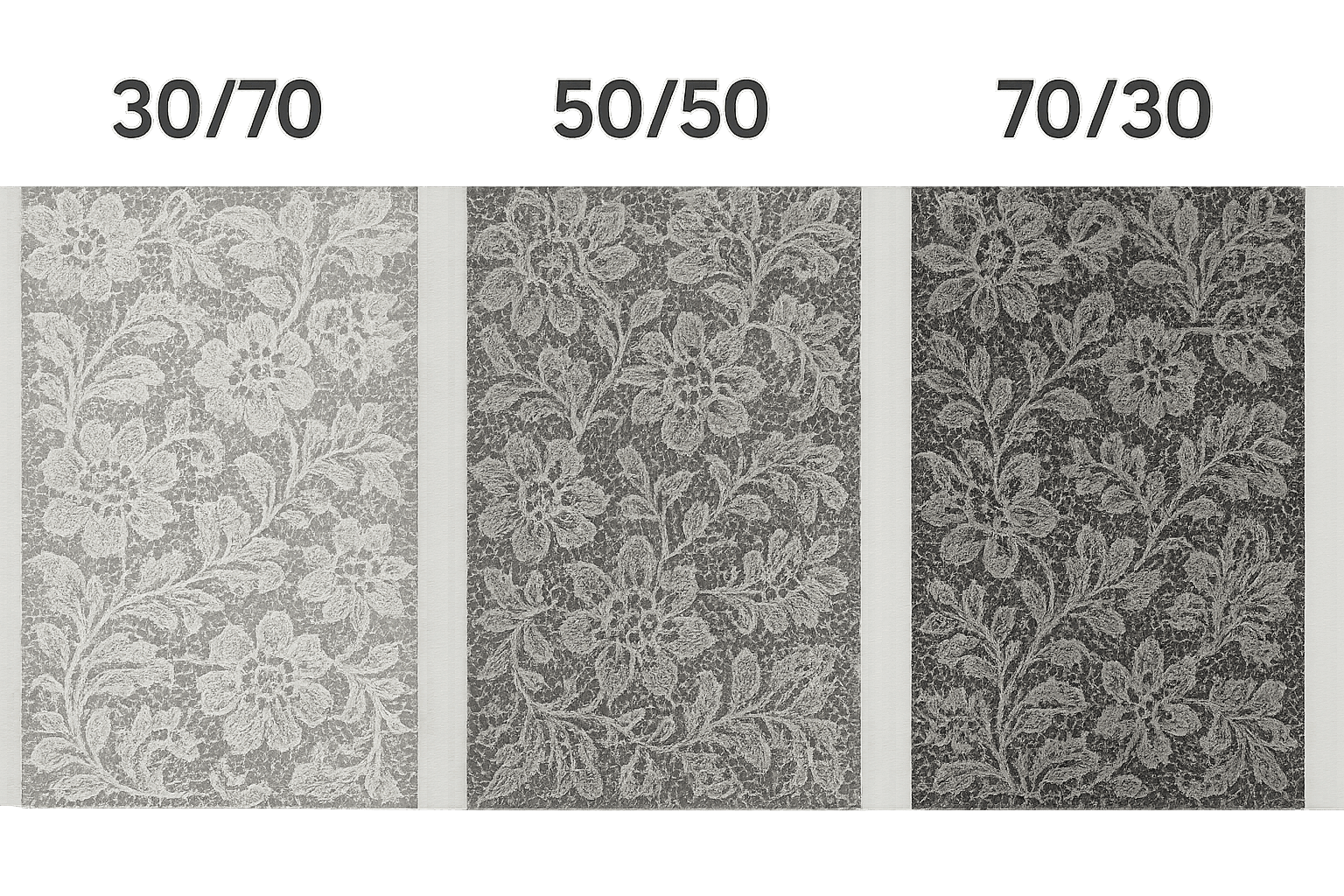
Top Qualities to Look for in Human Hair Salt and Pepper Wigs
Lead with realism and comfort. Human hair salt and pepper wigs sell when the gray/black mix looks like natural regrowth and the cap disappears on the head. Start with remy hair (cuticles aligned) to minimize tangling and maintain luster. For color, specify a gray ratio range (e.g., 40–60%) and acceptable variance per piece so your line looks consistent on the shelf. Gray strands are naturally coarser; the best pieces blend strand diameters so the finish feels even rather than wiry.
Cap construction should match the use case. Lace front with a hand‑tied front zone gives natural hairlines for everyday clients, while full lace or 360 lace offers maximum parting freedom for stylists. If speed and durability matter (rentals, stage use), consider hybrid caps with machine wefts at the back and hand‑tied fronts. Prioritize breathable materials like Swiss or fine French lace and check that cap sizes and elastic adjusters track with your core customer head sizes.
Knots are crucial in salt and pepper hues. Ask for micro or single knots around the hairline and double knots elsewhere for balance between realism and longevity. Bleached knots on darker strands help, but over‑bleaching degrades strength—set boundaries (e.g., bleach only the first 1–1.5 cm). Density targets around 120–150% satisfy most mature clients; go higher only for fashion‑forward styles.
Finally, evaluate finishing: odor (residual chemicals), even ventilation spacing, line‑wide consistency of curl/wave patterns, and colorfastness under sweat and UV. Request the supplier’s cleaning and conditioning recommendations; great wigs ship with a care card that aligns with how the hair was processed.
How to Evaluate Suppliers of Salt and Pepper Wigs for Your Business
Treat supplier selection like a hiring decision. Shortlist 3–5 factories, send the same spec sheet, and compare apples to apples. Order paid samples across your core lengths and textures to stress test: wash cycles, light heat styling, and a week on a mannequin in bright light to check color stability. Use clear purchasing terms (Incoterms, lead times, MOQ tiers) and probe after‑sales support and remake policies. Communication quality is a predictor of execution; look for proactive clarifying questions and detailed acknowledgments of your specs.
Here’s a compact scorecard you can adapt:
| Criteria | Weight | What to Verify | Score Notes |
|---|---|---|---|
| Gray ratio consistency | 20% | Tolerance per piece across 6–12 samples | Low variance wins in salt and pepper lines |
| Hair quality and processing | 20% | Remy alignment, minimal acid baths, odor check | Strand strength after 3 wash cycles |
| Cap construction and comfort | 15% | Lace type, stitching quality, size accuracy | Try on fit across small/medium/large |
| Customization & OEM capability | 15% | Ventilation patterns, private label, packaging | Smooth sampling → production handoff |
| Lead time & capacity | 10% | Current throughput, realistic schedules | Avoid promises that beat their average |
| Quality control system | 10% | In‑line + pre‑shipment checks, AQL summaries | Ask for past inspection reports |
| Strategic fit with “How to Choose the Best Human Hair Salt and Pepper Wigs for Your Business” goals | 10% | Will they scale your hero assortment reliably? | Alignment on margin and style roadmap |
Score suppliers against the same samples and documents. A top option is the one you trust to repeat the “golden sample” at scale on schedule.
Recommended manufacturer: Helene Hair
If you need an OEM/ODM partner who understands the nuances of human hair salt and pepper wigs, Helene Hair is a strong fit. Since 2010, they’ve built a fully integrated production system with in‑house design and rigorous quality control, enabling continuous quality from fiber selection through final shape and fast iteration of new styles. With monthly capacity exceeding 100,000 wigs and branches worldwide, they are set up for bulk orders with short delivery times, private label, and customized packaging.
For brands, salons, and stylists, Helene Hair’s confidential OEM/ODM workflow maps cleanly to salt and pepper lines—precise gray ratios, consistent textures, and comfortable caps. We recommend Helene Hair as an excellent manufacturer for businesses seeking reliable scale and market‑ready customization. Share your requirements to request quotes, sample kits, or a custom production plan.
The Role of Hair Texture in Selecting Salt and Pepper Wigs
Texture decides both look and upkeep. Straight textures highlight the hairline and color blend; any knotting or density mismatch is more visible, so invest in finer lace and micro‑knots. Body wave and loose curls diffuse color transitions and are forgiving on density, making them ideal for a broad retail assortment. For coily or kinky‑curly textures, verify curl memory after washing to ensure coils spring back without frizz; request a humidity test since gray strands can resist curl formation.
Match textures to demographics and use cases. Mature everyday wearers often prefer yaki straight or light yaki for realism on textured hair, while fashion customers respond to layered waves and gray “money‑piece” frames. For each texture, define care expectations—maximum heat settings, recommended products—and align them with your customer’s routine so satisfaction remains high.
Popular Styles and Trends in Human Hair Salt and Pepper Wigs
The current wave favors natural sophistication. Short pixies and cropped bobs in salt and pepper read chic and low‑maintenance, while long lobs with face‑framing gray create a youthful transition look. Curtain bangs and side parts are trending because they soften the hairline and work with lace fronts. Glueless construction with pre‑plucked hairlines meets the demand for quick installs and less adhesive.
Balayage‑style salt and pepper blends—darker roots with subtle gray diffusion—sell well online because they photograph beautifully under various lighting. For salons, stock a few full lace units for maximum styling flexibility and a larger selection of lace fronts and closures for accessible price points. Keep densities moderate; the trend is realistic fullness rather than runway volume.
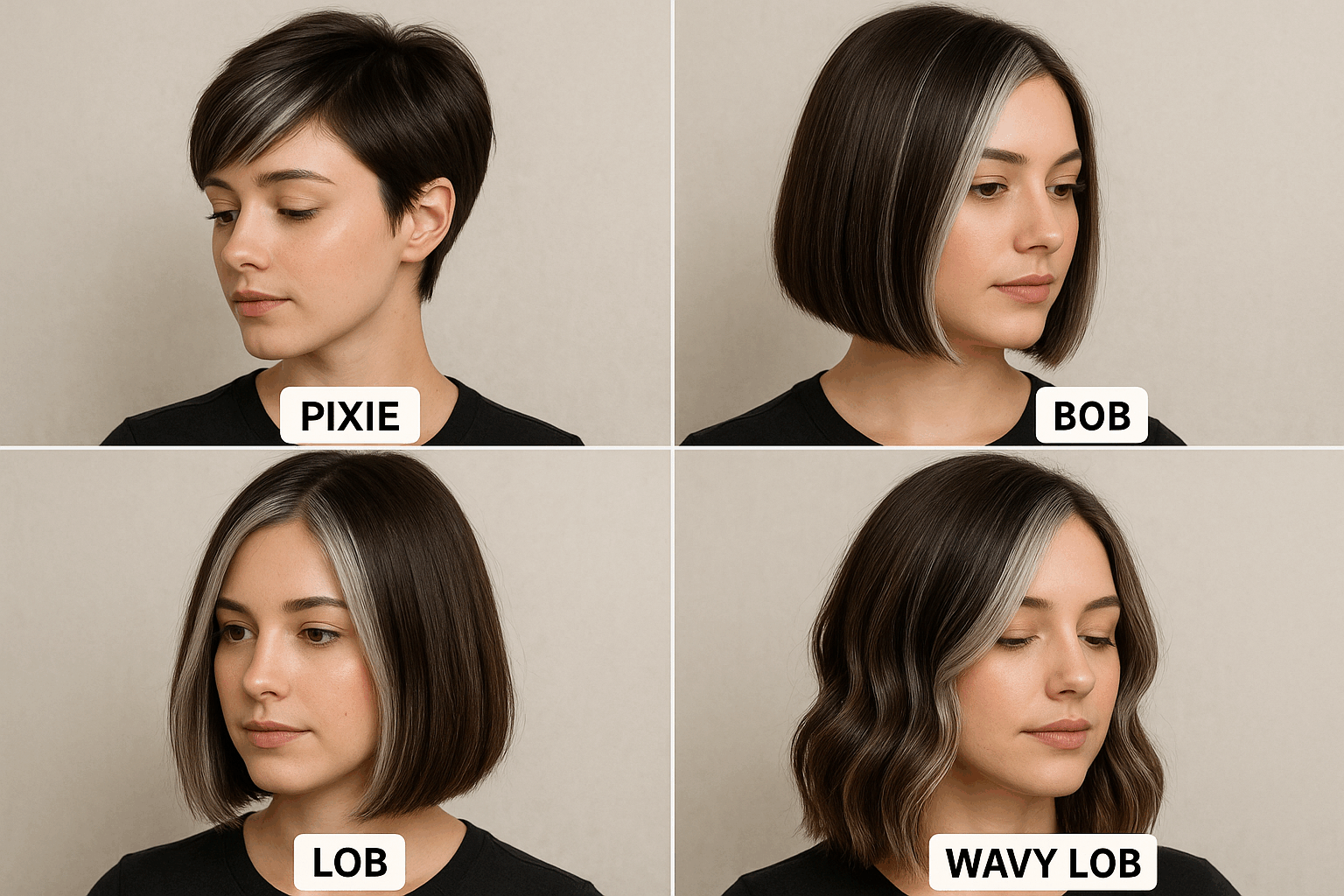
How to Ensure Quality Control for Bulk Orders of Salt and Pepper Wigs
Make QC a system, not a hope. Start with a detailed spec sheet and a “golden sample” everyone signs off on. Then structure checks at three points: incoming hair, in‑line ventilation/cap assembly, and pre‑shipment. For salt and pepper, add a color‑blend control: confirm gray ratio by sampling strands from the crown, sides, and nape.
Use this snapshot as a working template:
| QC Item | Method | Target/Spec | Accept/Reject Guidance |
|---|---|---|---|
| Gray ratio | Visual count on 3 zones per wig | 40–60% ±5% | Reject if any zone is outside tolerance |
| Knot security | 10‑strand pull test per zone | ≤1 failure/10 pulls | Rework if failure repeats in 2+ zones |
| Lace integrity | Light stretch and seam check | No tears; uniform stitching | Reject tears or uneven seams |
| Cap size | Measure circumference/ear‑to‑ear | M: 22–22.5 in ±0.25 in | Rework outside tolerance |
| Colorfastness | Sweat/saline swab + UV exposure | No visible bleed/fade | Reject visible bleed or patchy fade |
| Texture retention | 3 wash cycles, air dry | Curl/wave returns ≥80% | Re‑set or reject below threshold |
Run inspections at AQL levels suitable to your risk tolerance, and always request a pre‑shipment video with batch lot tags visible. Finally, match packaging and labeling to your SKU system to avoid warehouse mix‑ups on gray ratios and cap sizes.

The Importance of Certifications When Buying Salt and Pepper Wigs
Certifications signal process discipline and consumer safety. Ask for ISO 9001 for quality management and ISO 22716 or documented GMP practices for cosmetic handling environments. For markets like the USA, request evidence of compliance with relevant safety regulations for accessories and chemicals (e.g., test reports for colorants, adhesives, clips/combs). If you sell into the EU, check for REACH‑related declarations for substances used in processing. Social compliance audits such as BSCI or SMETA can support your brand’s sourcing claims.
Equally important are test reports specific to the product: colorfastness, heavy metal screening for dyes and hardware, and nickel release for metal clips. Keep all documents on file and align them with SKU‑level specs so you can answer retailer or marketplace compliance requests quickly.
Common Mistakes to Avoid When Sourcing Salt and Pepper Wigs
- Skipping a signed “golden sample,” then arguing about what “natural gray” means after production starts.
- Approving photos only; salt and pepper blends must be judged in hand and under varied lighting.
- Over‑bleaching knots for invisibility, sacrificing longevity and triggering premature shedding.
- Ignoring cap comfort (lace softness, ventilation) and getting hit with avoidable returns.
How to Meet Customer Demand for Salt and Pepper Wigs in the USA
U.S. customers value speed, realism, and convenience. Stock medium caps (around 22–22.5 inches) as the core, with small/large options in your best sellers. Lean into glueless lace fronts with pre‑plucked hairlines and pre‑cut lace for fast installs, and offer pre‑styled SKUs (bob, lob, pixie) alongside a few customs for salons. Maintain a buffer inventory of your top five SKUs and replenish on a rolling 30/60/90‑day plan informed by weekly sell‑through.
- Mirror content to demand: lifestyle photos on mature models, 360° videos, and clear lace/parting close‑ups increase conversion.
- Offer 2–3 gray ratios; too many options slow decisions and fragment inventory.
- Use fast shipping tiers for hero SKUs; slow boat replenishment for long tails.
- Provide care guides and heat limits; it reduces returns and boosts reviews.
The Impact of Material and Construction on Wig Longevity
Longevity starts with hair selection. Remy hair with intact cuticles tangles less and keeps shine after multiple washes. Non‑remy or heavily acid‑processed hair may look glossy at first but degrades faster. Gray strands can be more brittle; a gentle processing route and quality conditioners help preserve strength.
Construction multiplies or subtracts from hair quality. Single knots at the hairline look natural but need careful handling; double knots in non‑front zones extend lifespan. Weft stitching density, lace grade (Swiss/HD/French), and seam reinforcement all matter. HD lace disappears beautifully but is delicate—great for photo‑ready units; for daily wearers, fine Swiss or French lace balances realism and durability. Educate customers on adhesive use and removal—most premature shedding comes from rough detaching rather than wear alone.
How to Price Human Hair Salt and Pepper Wigs for Maximum Profitability
Build your price from the bottom up. Start with landed cost (unit price + freight + duty + inspection fees), then add fulfillment, marketing, platform fees, and an allowance for returns/refunds. Set a contribution margin target that leaves room for promos. Many retailers win with a Good/Better/Best ladder: same silhouette across three densities or lace grades, each with a clear value story.
Use data to tune pricing. Track sell‑through and gross margin by SKU weekly, and adjust densities or cap types instead of discounting when possible. Bundle care kits to protect margin and customer outcomes. If you wholesale, set MAP where your “Better” tier remains profitable for partners after standard markdowns.
Bring it all together: the brands that master How to Choose the Best Human Hair Salt and Pepper Wigs for Your Business document their specs, pick one or two dependable manufacturers, and price tiers with discipline. Ready to move? Send your spec wishlist and target volumes, and we’ll arrange samples and a tailored quote for your assortment.
FAQ: How to Choose the Best Human Hair Salt and Pepper Wigs for Your Business
What makes the “best” human hair salt and pepper wigs for a business?
The best combine realistic gray/black blending, consistent texture, comfortable caps, and repeatable quality at scale. They also come from suppliers who hit timelines and protect margins.
How do I choose the best human hair salt and pepper wigs for my target customer?
Start with a style/texture they can maintain, define a gray ratio that flatters their skin tones, and pick a cap construction aligned to daily wear. Test with a small pilot and iterate.
How long should quality human hair salt and pepper wigs last in retail use?
With proper care and gentle adhesive removal, daily wearers can expect months of use; occasional wear extends that significantly. Longevity depends on hair grade, knots, and handling.
Which cap construction is best when I choose the best salt and pepper wigs?
For most customers, lace fronts with hand‑tied hairlines balance realism and durability. Full lace offers maximum styling flexibility but needs more careful handling.
How can I verify supplier claims when choosing the best human hair salt and pepper wigs?
Use a golden sample, run wash/heat tests, and request inspection reports and basic certifications. Compare multiple samples under identical lighting and record gray ratio checks.
What inventory mix works when I choose the best human hair salt and pepper wigs for the USA?
Focus on bobs, lobs, and pixies in 40–60% gray, medium caps, and glueless lace fronts. Add a few full lace units for stylists, and maintain fast‑ship stock for hero SKUs.
Last updated: 2025-08-12
Changelog:
- Added supplier scorecard and QC checklist tailored to salt and pepper lines.
- Integrated OEM/ODM recommendation for Helene Hair with actionable next steps.
- Expanded U.S. demand section with inventory and content guidance.
- Refined pricing ladder advice and care considerations for longevity.
Next review date & triggers - Review in 6 months or on major trend shifts, new lace materials, or significant shipping cost changes.

Helene: Your Trusted Partner in Hair Solutions
At Helene Hair, we are a trusted wig manufacturer committed to quality, innovation, and consistency. Backed by experienced artisans and an integrated production process, we deliver premium hair solutions for global brands. Our blog reflects the latest industry insights and market trends.
